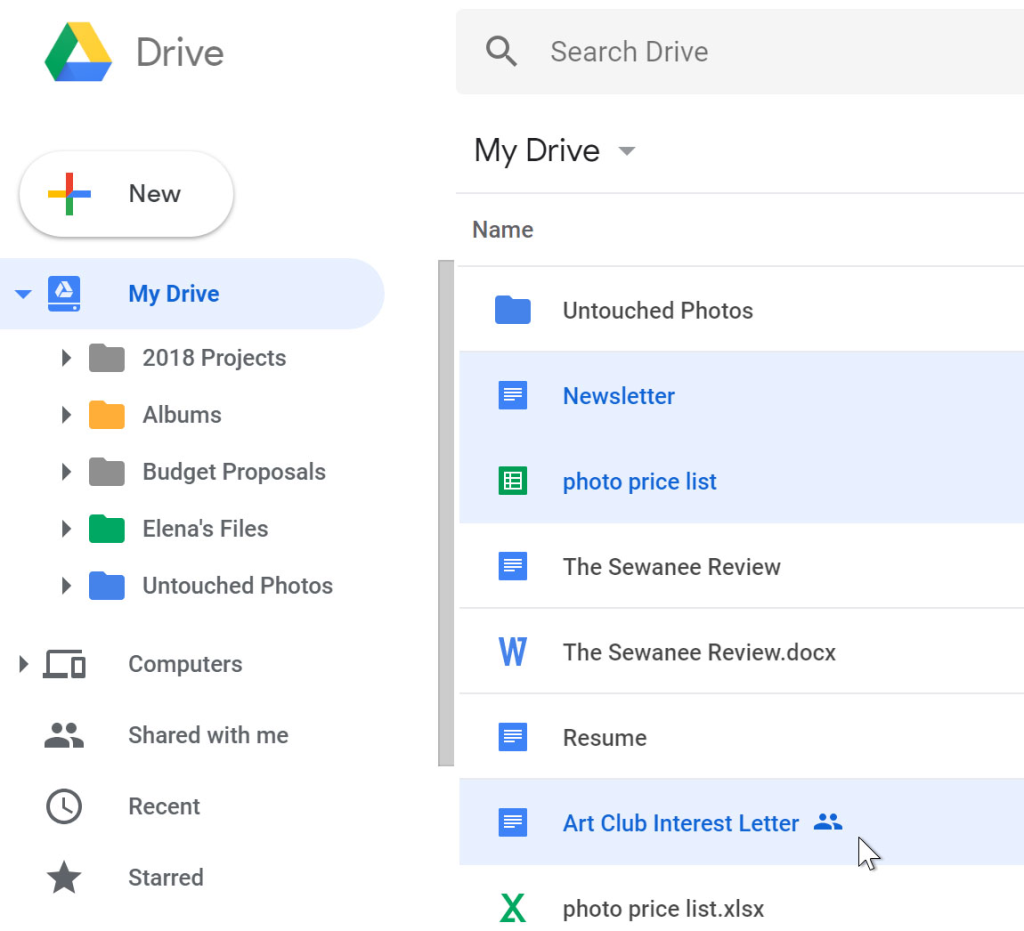Part-time careers enjoy a crucial role in today’s economy, offering freedom and possibilities for individuals to complement their money, get useful experience, and pursue particular or qualified interests. Listed here are nine paragraphs discovering different facets of part-time employment:
Flexibility and Work-Life Stability: Among the major advantages of part-time careers is the flexibleness they afford. Unlike full-time roles, part-time jobs generally involve less hours, allowing people to harmony work commitments with personal responsibilities, such as for example knowledge, caregiving, or using different interests. That freedom is particularly attractive to pupils, parents, retirees, and people who have different obligations who might not manage to make to a conventional full-time schedule. Part-time employment enables workers to custom their perform hours to fit their lifestyles, marketing better work-life harmony and overall well-being.
Income Complement: For lots of people, part-time jobs offer as an important source of supplemental income. Whether it’s to cover important expenses, save your self for potential targets, or enjoy additional discretionary paying, the earnings from the part-time work could make an important difference in economic stability. Part-time function allows people to improve their overall revenue without always choosing to the needs of a full-time place, providing larger flexibility in controlling their finances and reaching their financial objectives.
Skill Progress and Knowledge: Part-time jobs present valuable possibilities for skill growth and experiential learning. Regardless of business or role, part-time employment gives individuals with hands-on knowledge, exposure to various perform surroundings, and possibilities to develop transferable abilities such as transmission, time administration, and client service. These skills aren’t only beneficial in the quick job context but in addition enhance employability and job prospects in the long run. Part-time work may function as a walking rock for people seeking to achieve applicable knowledge and construct a solid foundation for potential job advancement.
Exploring Career Routes: Part-time careers can be instrumental in aiding people investigate different job routes and industries before doing to a particular career trajectory. By working part-time in various jobs or industries, persons can obtain ideas in to different work functions, organizational cultures, and qualified conditions, allowing them to produce more informed choices about their job objectives and aspirations. Part-time employment offers a low-risk way to check the waters, find one’s interests and skills, and identify possible career routes that arrange with one’s values and ambitions.
Network and Professional Connections: Part-time careers provide possibilities for marketing and creating professional contacts that may be invaluable for potential job opportunities. Whether it’s getting together with peers, supervisors, or customers, persons in part-time tasks have the opportunity to increase their skilled system and establish relationships that can lead to mentorship, referrals, or work options down the line. Network in a part-time work setting may start doors to new possibilities, whether within the exact same company or beyond, and contribute to long-term career accomplishment and growth.
Flexibility and Resilience: Part-time employment fosters flexibility and resilience by exposing people to diverse difficulties and situations. Working part-time frequently requires employees to be resourceful, variable, and proactive in handling their responsibilities within confined time frames. This versatility is a valuable trait in today’s fast-paced and ever-changing perform situations, wherever speed and the ability to quickly conform to new circumstances are very prized. By navigating the needs of part-time work, persons build resilience and problem-solving abilities that function them well in both qualified and personal contexts.
Adding to the Community: Part-time careers might have a confident impact on the city by providing crucial solutions, supporting local corporations, and fostering financial growth. Whether it’s in retail, hospitality, healthcare, or other industries, individuals in part-time roles enjoy a vital position in meeting the wants of customers, clients, and residents. Part-time employment plays a part in the vibrancy and energy of neighborhoods and communities by producing work opportunities, generating income, and selling cultural interaction and engagement.
Workforce Selection and Addition: Part-time jobs contribute to workforce variety and inclusion by giving possibilities for individuals from diverse skills and circumstances to participate in the labor market. Part-time employment may support individuals with various needs, tastes, and life circumstances, including pupils, parents, caregivers, seniors, individuals with disabilities, and those changing between careers. By enjoying workforce selection and giving variable function possibilities, employers can touch right into a broader skill pool, foster a more inclusive workplace lifestyle, and reap the advantages of diverse views and experiences 유흥알바.



